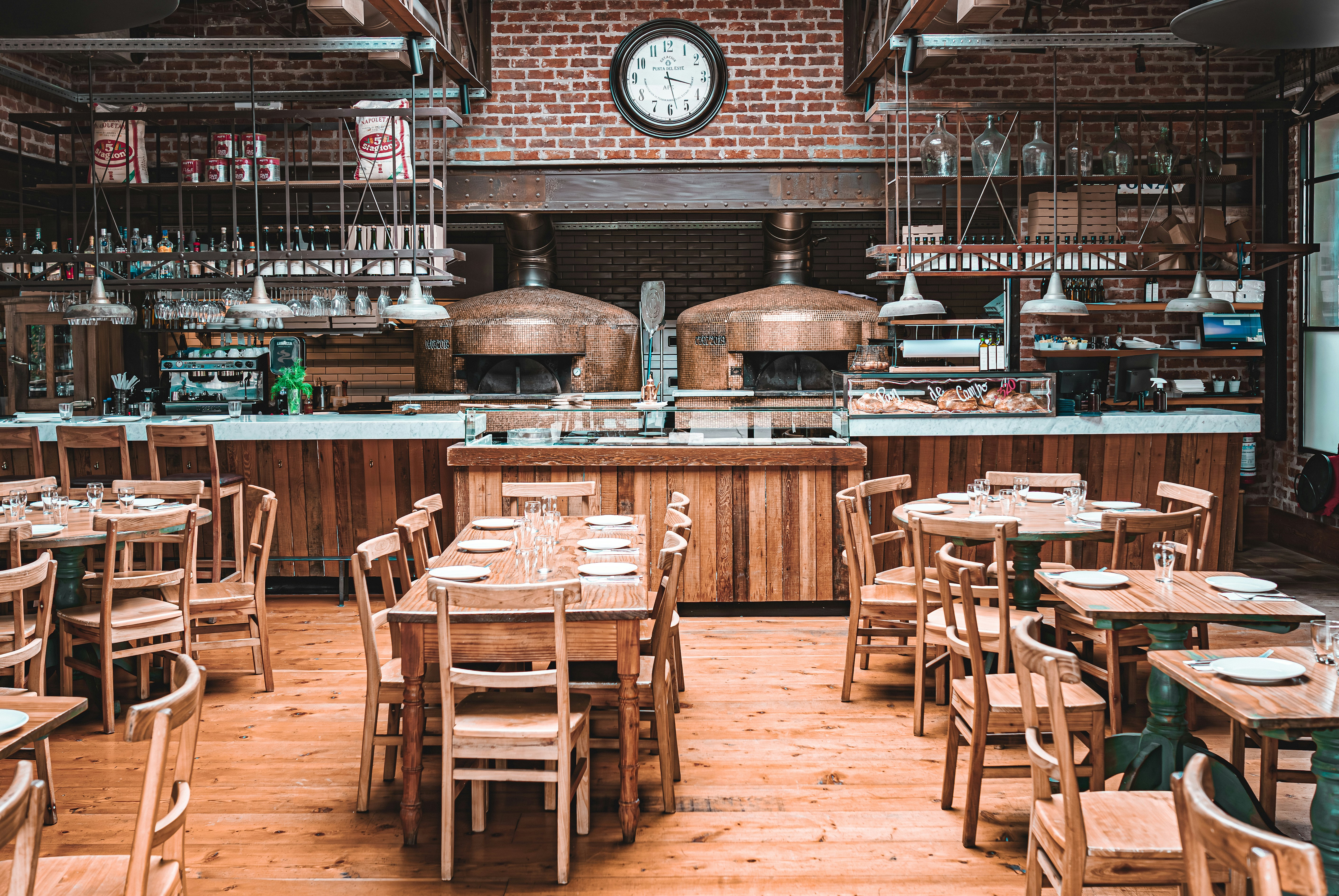Creating Engaging Dining Spaces: The Key to Customer Retention
Explore how interior renovations and design play a crucial role in attracting and retaining customers in the restaurant industry.

Photo by Alex Muromtsev on Unsplash

Photo by Alex Muromtsev on Unsplash
Creating Homey and Welcoming Spaces
Restaurant owners are increasingly revitalizing their dining areas to create a more inviting atmosphere reminiscent of cozy coffee houses. Soft lighting, ample outlets, and comfort-driven furniture are becoming staples of these renovations. By providing a warm and comfortable environment, establishments can attract more Millennials and Gen Z customers who seek a relaxed ambiance for socializing or working.

Photo by Alex Muromtsev on Unsplash
Balancing Attractiveness with Functionality
Experts recommend striking a balance between the visual appeal of the space and practicality to enhance customer experience. Dr. Stephani Robson suggests avoiding large communal tables in favor of versatile seating arrangements like counter seats with street views or open kitchens. Outdoor seating, when feasible, adds a charming touch and expands the dining experience.
Incorporating Playful Design Features
Engaging design elements contribute significantly to the overall ambiance and customer engagement. Restaurants like Curry Boys BBQ in Nashville successfully blend different cultural inspirations to create a visually appealing space. Including community-specific themes and quirky details can encourage patrons to share their experiences on social media, amplifying brand visibility.

Photo by Alex Muromtsev on Unsplash
Enhancing Customer Interaction with Music and Rewards
Background music plays a crucial role in setting the right tone for customer interaction. Rick Camac emphasizes the importance of creating a less formal environment with age-appropriate playlists. Furthermore, implementing digital rewards programs and seamless payment options through personal devices can enhance customer loyalty and drive repeat visits.

Photo by Alex Muromtsev on Unsplash
Designing for Convenience and Accessibility
Avoiding outdated design elements like locked restrooms and focusing on gender-neutral and family-friendly facilities can improve the overall dining experience. Additionally, employing professional lighting designers and opting for colorful, easy-to-maintain table settings can enhance the overall aesthetic appeal of the restaurant.

Photo by Alex Muromtsev on Unsplash
Catering to Changing Preferences
Understanding the preferences of younger generations like Gen Z and Millennials is crucial for restaurant success. Dr. Robson highlights the importance of avoiding heavy alcohol marketing in interior design to appeal to this demographic. By adapting to evolving trends and creating comfortable, community-oriented spaces, restaurants can foster customer loyalty and drive business growth.